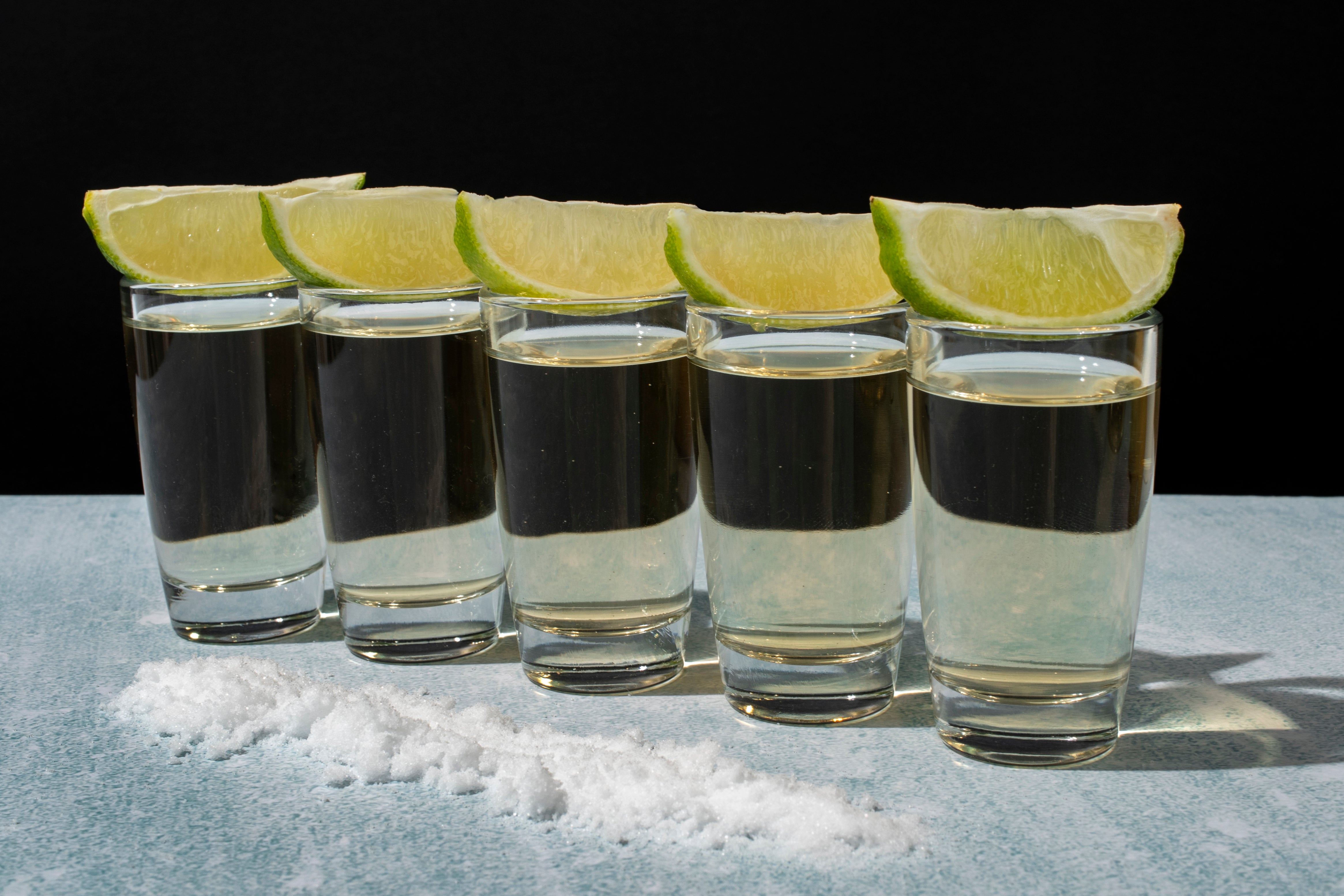
Tequila, Mexico’s world-famous spirit, is more than just a party favorite or margarita base — it’s a deeply rooted cultural symbol made from the blue agave plant. While tequila is often associated with shots and celebrations, it actually has a rich and diverse range of types, each offering a unique taste experience. But how many types of tequila are there?
In this comprehensive guide, we’ll explore the different types of tequila, how they’re made, and what makes each one special. Whether you're a casual drinker, a cocktail lover, or a budding connoisseur, understanding the various types of tequila can help you make better choices — and truly appreciate the complexity of this iconic drink.
What Is Tequila Made From?
Before diving into the types, let’s briefly understand what tequila is. Tequila is a distilled alcoholic beverage made from the fermented juice of blue Weber agave, a plant native to specific regions in Mexico, particularly around the town of Tequila in Jalisco.
To be called “tequila,” the drink must:
-
Be made in designated regions of Mexico
-
Use at least 51% blue agave sugars (though premium tequilas are 100% blue agave)
Now, let’s break down the different types of tequila based on aging and production.
The 5 Main Types of Tequila
Tequila is categorized into five main types, all of which are based on the aging process. These categories impact the flavor, color, aroma, and complexity of the spirit.
1. Blanco Tequila (Silver or White Tequila)
Blanco tequila is unaged or aged for less than 2 months in stainless steel or neutral oak barrels.
Key Features:
-
Clear and transparent
-
Strong, pure agave flavor
-
Slightly peppery or citrusy
-
Best for cocktails or tequila shots
Best For: Margaritas, palomas, or those who love bold, crisp flavors
2. Reposado Tequila
“Reposado” means “rested” in Spanish. This tequila is aged between 2 months and 1 year in oak barrels.
Key Features:
-
Light golden color
-
Smoother than blanco
-
Notes of vanilla, oak, and spice
-
Balanced mix of agave and barrel flavors
Best For: Sipping neat or in premium cocktails
3. Añejo Tequila
Añejo tequila is aged between 1 and 3 years in small oak barrels, which gives it a deeper flavor and darker color.
Key Features:
-
Rich amber hue
-
Smooth, complex, and slightly smoky
-
Flavors of caramel, chocolate, and oak
-
Similar in style to aged whiskey
Best For: Sipping slowly like a fine scotch or cognac
4. Extra Añejo Tequila
Introduced officially in 2006, Extra Añejo is aged for more than 3 years in oak barrels.
Key Features:
-
Dark, rich color
-
Extremely smooth and full-bodied
-
Intense flavors of oak, spice, and dark chocolate
-
Higher price due to longer aging
Best For: Experienced tequila lovers and special occasions
5. Joven Tequila (Gold Tequila)
Joven, meaning “young,” is usually a mixture of blanco tequila and aged tequilas, or sometimes a blanco with added coloring or flavoring.
Key Features:
-
Pale gold color
-
Inexpensive and often used in lower-tier brands
-
Less complex flavor
Best For: Mixed drinks or large gatherings where high-end tequila isn’t necessary
Bonus: 100% Agave vs. Mixto Tequila
Aside from aging, tequila is also classified based on the percentage of agave used in production.
1. 100% Agave Tequila
-
Made entirely from blue Weber agave
-
Higher quality, more flavor depth
-
Must be bottled in Mexico
2. Mixto Tequila
-
Contains at least 51% agave sugars; the rest are other sugars (usually cane sugar)
-
Generally lower in quality
-
Often leads to more severe hangovers due to additives
Tip: Always check the label. For a smoother and more authentic experience, choose 100% agave tequila.
Which Type of Tequila Is Best?
The best type of tequila depends on your taste and how you plan to enjoy it:
-
For cocktails: Go with blanco or reposado.
-
For sipping: Try añejo or extra añejo.
-
For affordability and mixing: Joven can work, but it’s usually less refined.
How to Store Tequila Properly
To maintain the quality of your tequila:
-
Store it upright in a cool, dark place
-
Keep the bottle sealed tightly
-
Avoid direct sunlight and heat
Unlike wine, tequila doesn’t improve with age once bottled. However, aged types (añejo, extra añejo) maintain their quality better due to their longer barrel aging.
Final Thoughts
So, how many types of tequila are there? Officially, there are five main types: blanco, reposado, añejo, extra añejo, and joven. Each has its own character, flavor profile, and purpose — from mixing into margaritas to sipping slowly on a special occasion.
Understanding these types not only enhances your drinking experience but also helps you choose better quality tequilas that suit your preferences. Whether you're a beginner or a tequila aficionado, exploring the various types is a delicious journey into one of Mexico’s finest exports.
